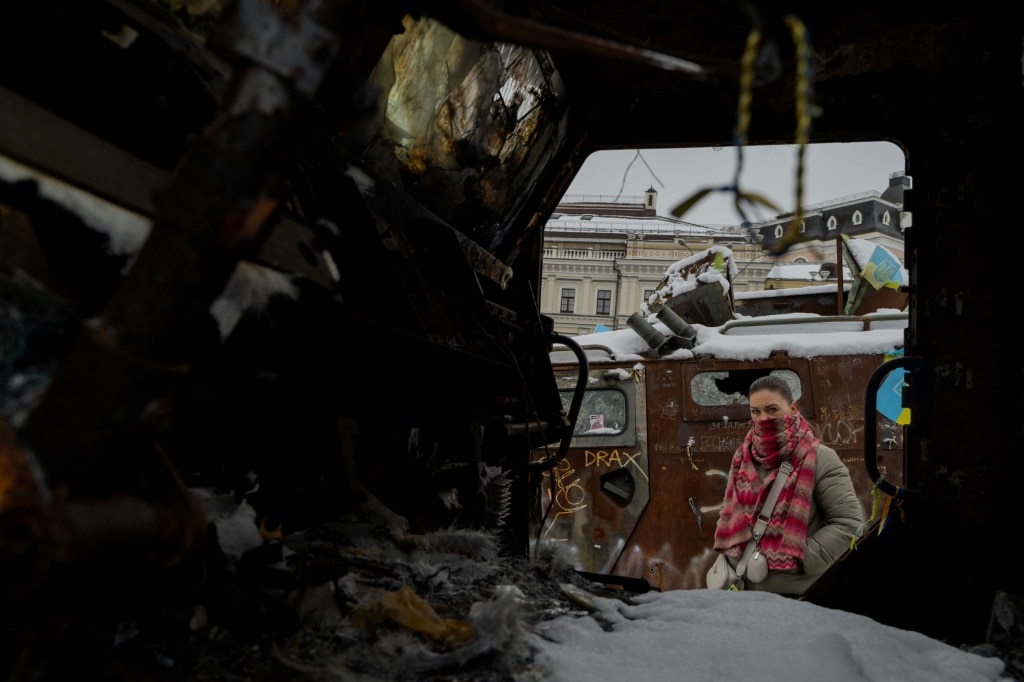How Donald Trump’s peace plan for Ukraine is under threat
The escalation since Donald Trump won the US election stands apart as one of the most rapid tit-for-tat periods since Russia invaded Ukraine more than 1000 days ago.
World
Don't miss out on the headlines from World. Followed categories will be added to My News.
There’s rarely been anything completely peaceful about the transfer of presidential power.
If Donald Trump fails to end the Ukraine-Russia war as promised on “day one”, it will be in large part to the United States’ long, if not proud, tradition of sabotage against an incoming Commander-in-Chief.
The Clinton administration, quaint by modern standards, removed all the “Ws” from White House keyboards before George W Bush took office. The Obama regime planted the Russiagate hoax. The MAGA faithful stormed the US Capitol Building.
But the political and literal landmines dropped by President Joe Biden in Ukraine threaten to eclipse the past 250 years of bad blood between all outgoing and incoming American presidents combined.
As Ukranian, Russian and now North Korean troops jostle for territory, the latest escalation of the war has been prompted by Biden’s authorisation for Ukraine to use US-made weapons to strike Russian territory. And all done without approval from Congress.
“This is a very big step towards the start of World War III,” said Vladimir Dzhabarov, first deputy head of the Russian upper house’s international affairs committee.
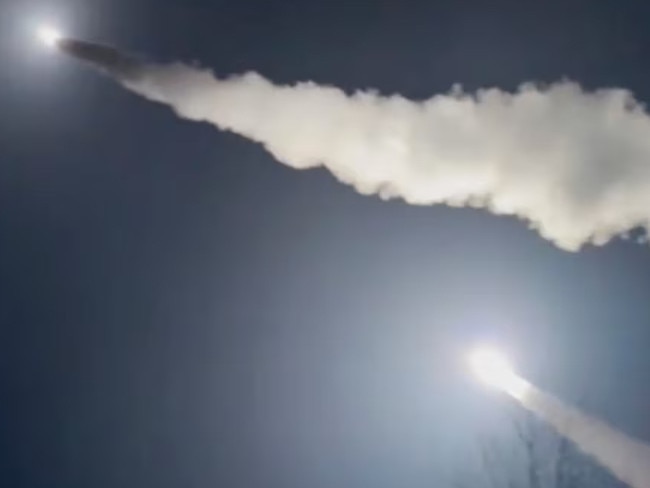

In the span of just four days after Biden made the weapons authorisation:
– Vladimir Putin changed Moscow’s military doctrine to lower the threshold of nuclear weapons use; saying a conventional attack by any nation supported by a nuclear power will be considered a joint attack on Russia.
– Ukraine fired several long-range ATACMS (Army Tactical Missile System) into Russia for the first time. One found its target.
– Biden authorised delivery of US-made antipersonnel mines to Ukraine for the first time.
– The UK followed the US’s missile approval, and Ukraine fired another volley into Russia with British-made “Storm Shadows”, according to the Kremlin.
– Russia claimed to fire an experimental hypersonic missile, designation ‘Oreshnik’ (’Hazel’), at the Ukrainian city of Dnipro.
– North Korean leader Kim Jong-un, who has almost 11,000 troops in Russia, accused the US of stoking global tensions “into the most destructive thermonuclear war.”
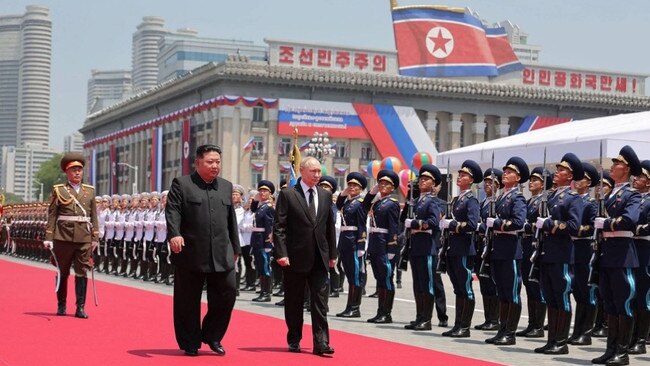
If something of a trend is noticeable, it’s because the escalation since Mr Trump won the election stands apart as one of the most rapid tit-for-tat periods since Russia invaded Ukraine more than 1000 days ago.
Right-wing political commentators like Glenn Beck called it an impeachable offence, while Republican congressmen like Keith Self were more circumspect with sternly worded letters.
“If this desperate move by your administration represents an attempt by deep-state operatives to hamstring the incoming Trump presidency, it’s a dangerous miscalculation,” Mr Self wrote. “This could have catastrophic results.”
But don’t take their word for it. Take it from the Chairman of the Foreign Relations Committee, circa 2007, Joe Biden.
The then-spry Senator Biden threatened to impeach President Bush over US plans to launch an attack on Iran without Congressional approval.
“The president has no constitutional authority to take this nation to war against a country of 70 million people unless we’re attacked, or unless there is proof we’re about to be attacked. And if he does, if he does, I would move to impeach him,” Biden said back then.
And as President, Biden refused to allow Kyiv to hit Russia for two years in fear of escalating the conflict.
Two things changed. First, the Democratic Party and their candidate, Kamala Harris, lost the presidential election, leaving the current administration with only 76 days before losing power. Second, Russia and North Korea amassed an estimated 50,000 troops on the outskirts of Kursk.
Ukraine turned the war on its head with a surprise attack on the southern Russian region of Kursk in August, penetrating as far as 45km from the border towards the town of Selektsionnyi.
At the height of the offensive, the Ukrainian army controlled almost 1400sq km of Russian territory, which has since been chipped away to about 800sq km.
It’s a small sliver of the 1000km frontline running from Belarus to the Mediterranean, but it gives Kyiv highly symbolic leverage as Mr Putin has called for any negotiations to recognise “the new territorial realities”.
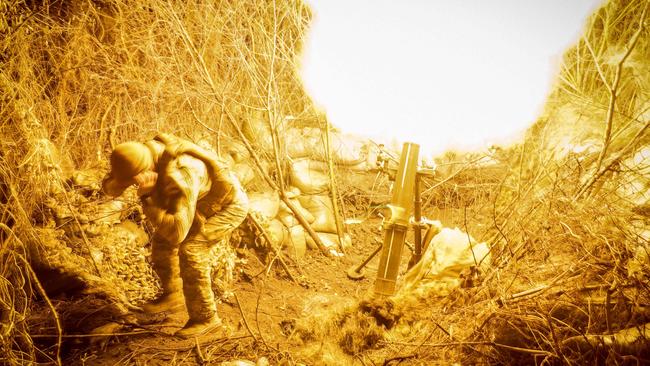
While gladly recognising the reality of Russia’s occupation in the Donbas, Mr Putin would be less thrilled to let Ukraine take a bite out of Kursk if ceasefire negotiations freeze the current stalemate lines.
Moscow has burned through so much equipment in trying to improve its position before Mr Trump takes power that state-controlled film studio, Mosfilm, transferred dozens (at least 42) tanks from the 1950s, used as movie props, to the Russian army.
Russian and North Korean troops are preparing to launch a counteroffensive to retake Kursk, according to Ukrainian military sources.

While the timing of that counteroffensive remains unknown, North Korean troops are already operating in the region, according to South Korea’s National Intelligence Service (NIS).
Lee Seong-kweun, who serves on a South Korean parliamentary intelligence committee, said the North has shipped more 170mm self-propelled artillery and long-range 240mm rocket launchers, plus additional personnel to maintain and repair the weapons.
“They have been assigned to Russia’s airborne brigade and marine corps, undergoing tactical and response training. Some of them are assessed to have engaged in combat,” he said. “Causalities are occurring.”
It was the first confirmation that North Korean troops have been in active operations against the Ukrainian military.
The Pentagon has not confirmed North Korean troops have engaged in combat, but Deputy Press Secretary Sabrina Singh said “They’re moving into Kursk for a reason.”
“We have every expectation that they would be engaged in combat operations,” Ms Singh said.
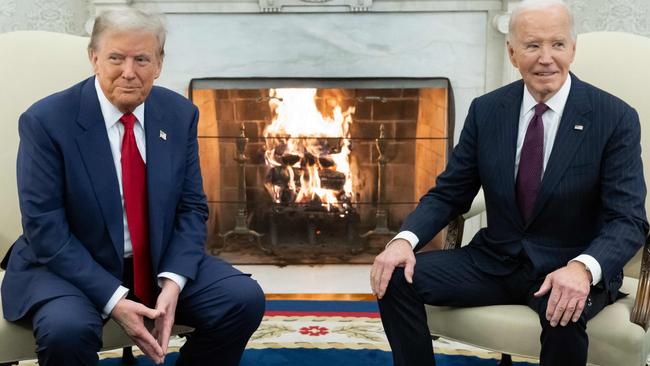
Whether Mr Trump will be the circuit breaker that brings the war to an end will depend on which of his three key nominations for cabinet secretaries – diplomacy, defence and intelligence – make it through the lame-duck period gauntlet.
Secretary of State nominee Marco Rubio, who voted against the latest Ukrainian aid package, has said the “stalemate war” needs to end.
“I would be comfortable with a deal that would end hostilities and that I think is favourable to Ukraine, meaning they have their own sovereignty, that they don’t become a satellite or a puppet state that is constantly being held hostage by the Russians,” he said.
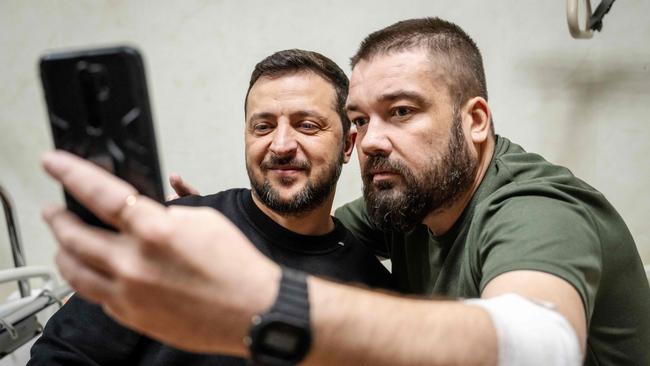
Secretary of Defence pick Pete Hegseth – whose nomination hit turbulence this week over concerns about his past treatment of women – has called Mr Putin a “war criminal” and criticised Mr Biden for not arming Ukraine fast enough.
But he has also disagreed that Ukraine was the first part of a larger plan for Mr Putin to push into Europe, saying he doubted Russia would go “much further”.
National Security Adviser nominee Mike Waltz has said stopping Russia before it draws NATO and the US into the war was “the right thing to do”, but that the era of “blank cheques” for Ukraine was over.
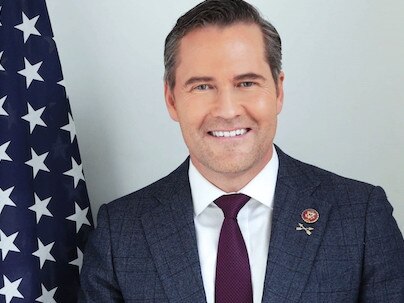
He has expressed confidence in getting both Putin and Zelensky to the negotiating table.
Kyiv’s former military commander in chief Valery Zaluzhny, who serves as an envoy to the UK, believes the entry of North Korean troops marked the beginning of World War III.
Only history will know whether such talk is prescient, or hyperbole.
Originally published as How Donald Trump’s peace plan for Ukraine is under threat

